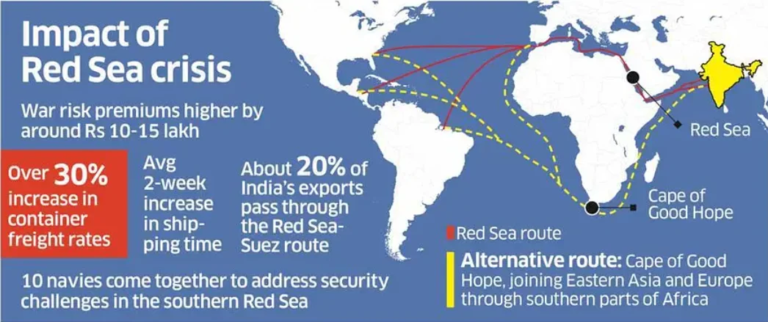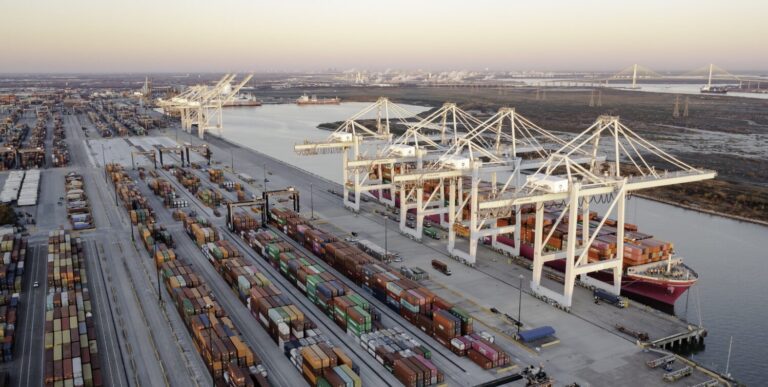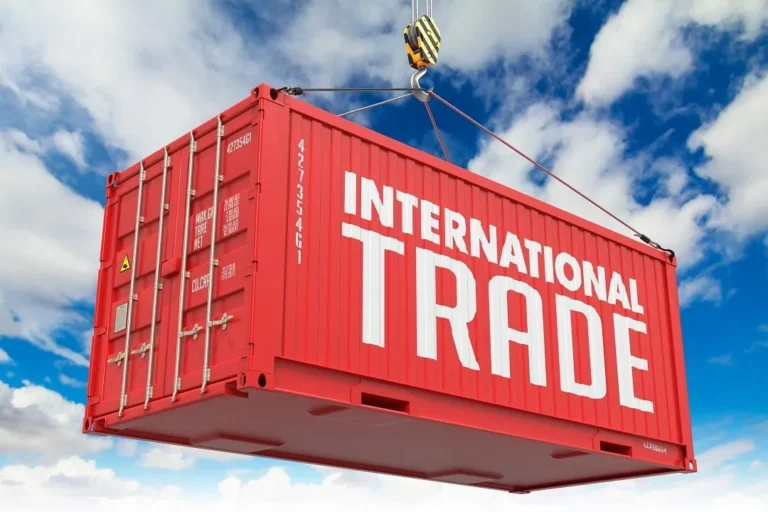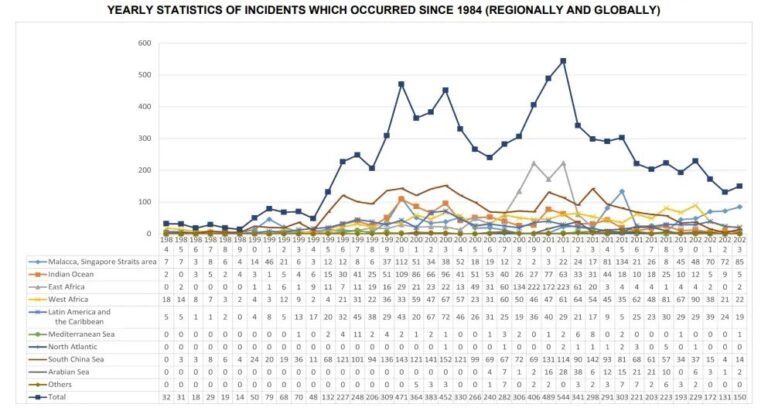Container throughput at Europe’s two major ports rebounded in the first quarter
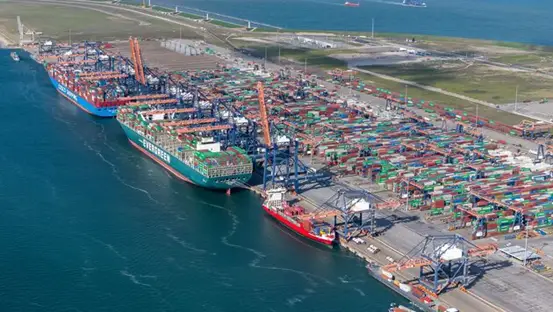
According to ShippingWatch, the Port of Rotterdam and the Port of Antwerp-Bruges have both released their operational data for the first quarter of 2024.
Despite the ongoing complexities in geopolitics and macroeconomic conditions, both of these major European ports have seen a recovery in container throughput, signaling initial signs of world trade resurgence.
The Port of Rotterdam saw a 2.0% year-on-year increase in container throughput in the first quarter of 2024. However, the total throughput of the port decreased by 1.4% to 110.1 million tons, primarily due to decreases in the throughput of coal, crude oil, and petroleum products. Increases were seen in the throughput of iron ore, scrap steel, and liquefied natural gas. Container throughput also grew by 3.3%.
Boudewijn Siemons, CEO and interim COO of the Port of Rotterdam Authority, stated, “The data indicates limited raw material imports and finished product exports. This indicates that European industrial production continues to face challenges due to high energy prices and subdued demand in industries such as construction, manufacturing, and automotive. However, with container throughput growing by 3.3%, we are seeing preliminary signs of global trade recovery. Nevertheless, there remains significant uncertainty due to escalating global geopolitical tensions.”
Bulk Cargo:
Bulk cargo throughput declined by 4.5% year-on-year in the first quarter, primarily due to a sharp contraction in coal throughput. Coal throughput decreased by 2 million tons compared to last year due to lower demand for thermal coal by power plants. However, there was an increase in iron ore imports as German steel production rebounded.
Liquid Bulk:
Liquid bulk throughput decreased by 3.1% to 52.6 million tons in the first quarter. The decrease of 1.6 million tons was attributed to reduced throughput of crude oil, mineral oil products, and other bulk liquids. However, liquefied natural gas throughput grew by 3.6% to 9.1 million tons. The overall decline in the liquid bulk sector was attributed to struggles in the European processing industry due to high energy prices and insufficient demand.
Container and General Cargo:
Container throughput saw a slight increase for the first time in three years. Throughput in terms of tons increased by 3.3% (from 31.5 million tons to 32.5 million tons), while throughput in terms of TEUs increased by 2.0% to 3.3 million TEUs.
Due to the Red Sea crisis, there was a significant decrease in vessels from Asia in January and February, resulting in a 24.5% decrease in vessel calls and a 13.7% decrease in cargo volumes. However, this situation has been largely controlled, with overall freight demand remaining largely unaffected. Ship arrivals significantly increased by 11.5% in March. There was also strong growth in feeder transport to Mediterranean ports, increasing by 29.0%.
The total throughput of the general cargo segment (Roll-on/Roll-off and other general cargo) decreased by 1.9% to 78 million tons. RoRo throughput decreased by 3.8% to 63 million tons compared to the first quarter of last year, as transport volumes to the UK have yet to fully recover. Other general cargo increased by 7.4% to 15 million tons.

In the first quarter, the Port of Antwerp-Bruges demonstrated resilience with a total cargo throughput of 70.4 million tons, showing a growth of 2.4% compared to the same period last year. Despite ongoing complexities in geopolitics and macroeconomics, the recovery in container throughput drove this performance, highlighting the port’s resilience.
Following a slowdown in global container shipping demand in 2023 due to economic uncertainty and inflation, container throughput began to rebound from February onwards, with March even marking the best monthly throughput since March 2021. Container throughput in TEUs increased by 6% year-on-year in the first quarter, reaching 3.287 million TEUs.

Conventional cargo throughput also showed a renewed upward trend. Although throughput decreased by 7.8% compared to the same period last year, it increased by 6.9% compared to the fourth quarter of 2023. Steel throughput remained stable, while most other commodities experienced declines.
In the first quarter of 2024, RoRo cargo volume declined by 6.9%. However, bulk cargo exports increased by 9.7%, while imports decreased by 24.4%, resulting in an overall decrease of 12.1% in the bulk cargo segment. With some alleviation of the energy crisis, there was a sharp decline in demand for coal (-68.6%). Fertilizers, the largest product category in bulk cargo, saw a recovery in production (+33.9%) since the fourth quarter of 2023, especially in imports. More grains are being transported in containers rather than bulk shipments (-43.7%).
Liquid bulk throughput remained relatively stable, with a slight decrease of 0.9%. In the first quarter of 2024, there were 4,855 vessel calls, a decrease of 1.8%. This translated to a 2.4% decrease in total tonnage.
In the first quarter, there were 19 cruise ships with a total of 99,211 cruise passengers visiting the port, representing a 10.7% decrease compared to the record-breaking first quarter of 2023.
Despite the challenging economic environment, the first-quarter data indicates growth, underscoring the resilience of the Port of Antwerp-Bruges. Even in challenging times, the port continues to expand and invest, ensuring its ability to withstand future challenges.
In pursuit of sustainable development, the port must accommodate the largest container ships. In March, the “MSC China,” currently the world’s largest container vessel, docked at the Port of Antwerp-Bruges for the first time.

